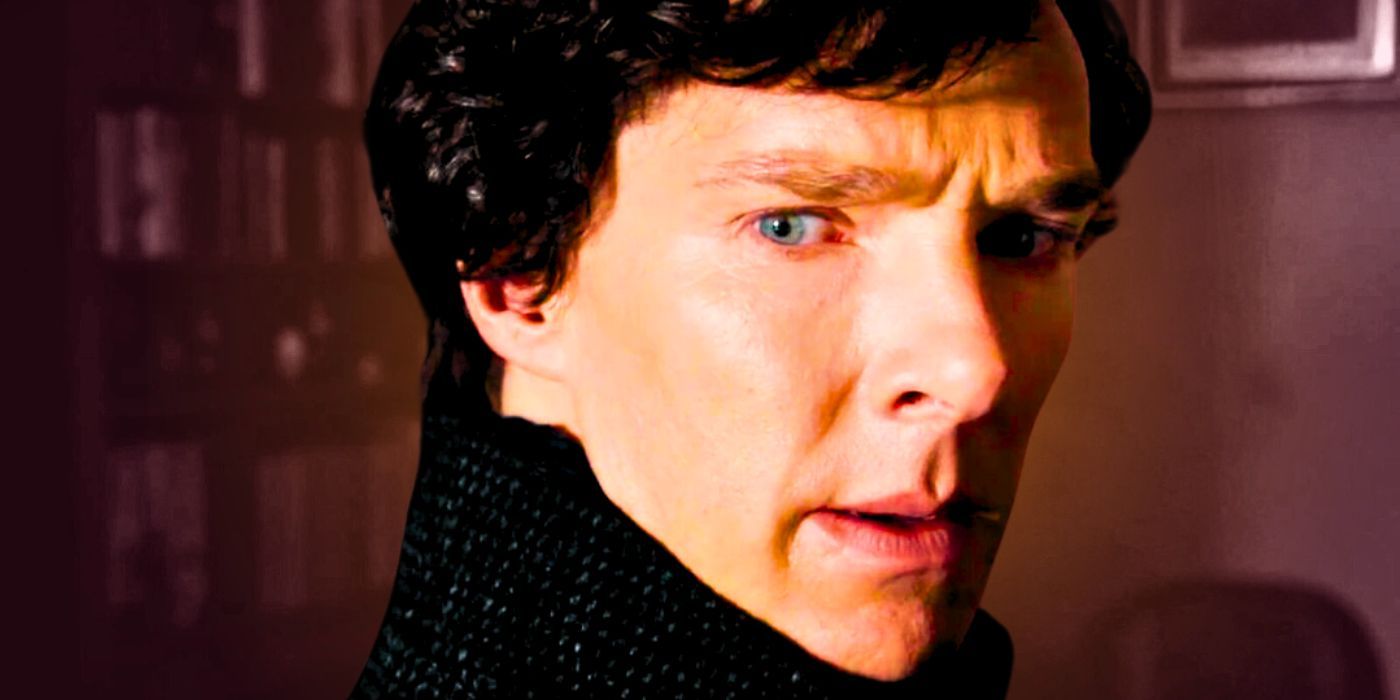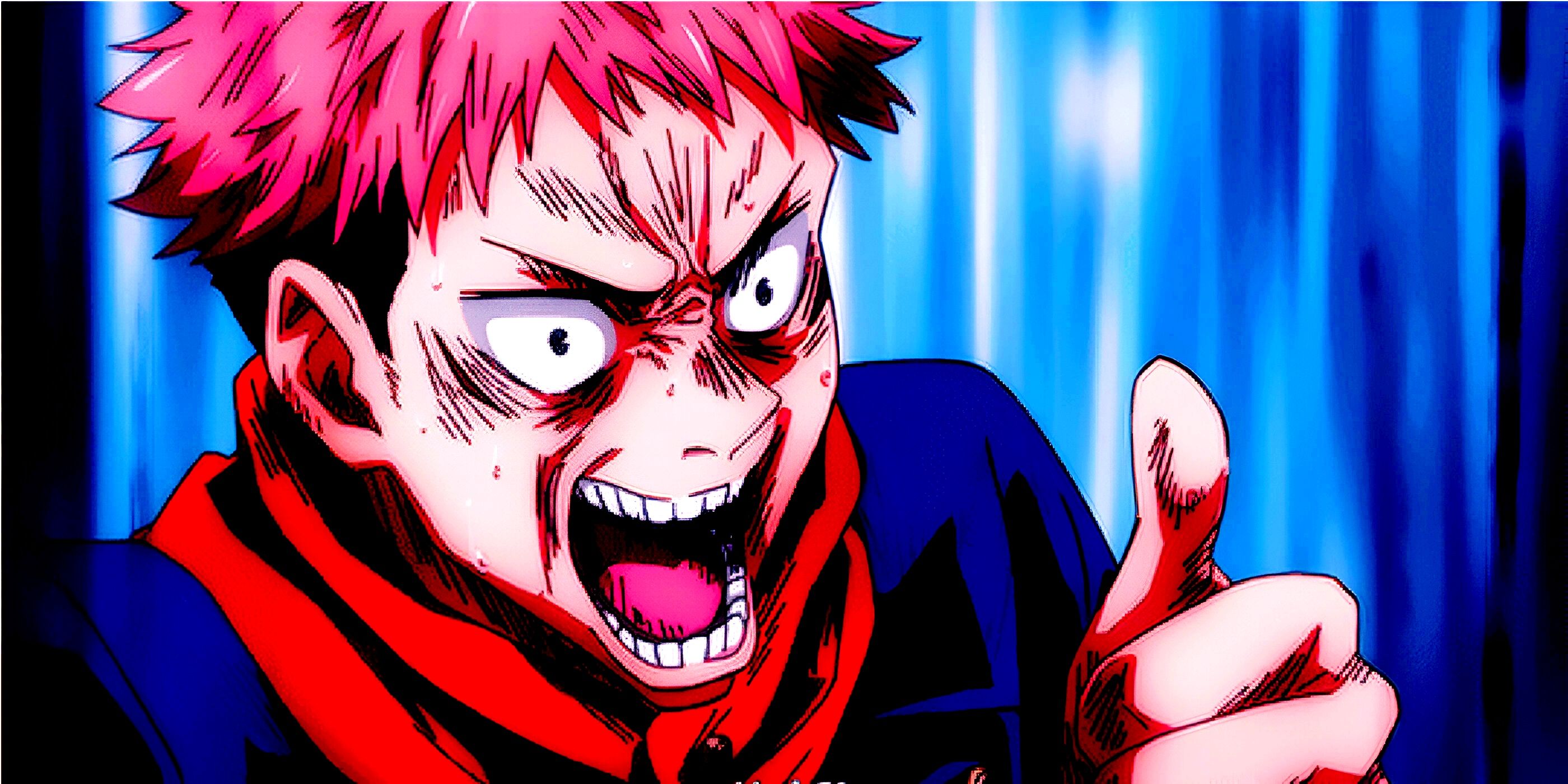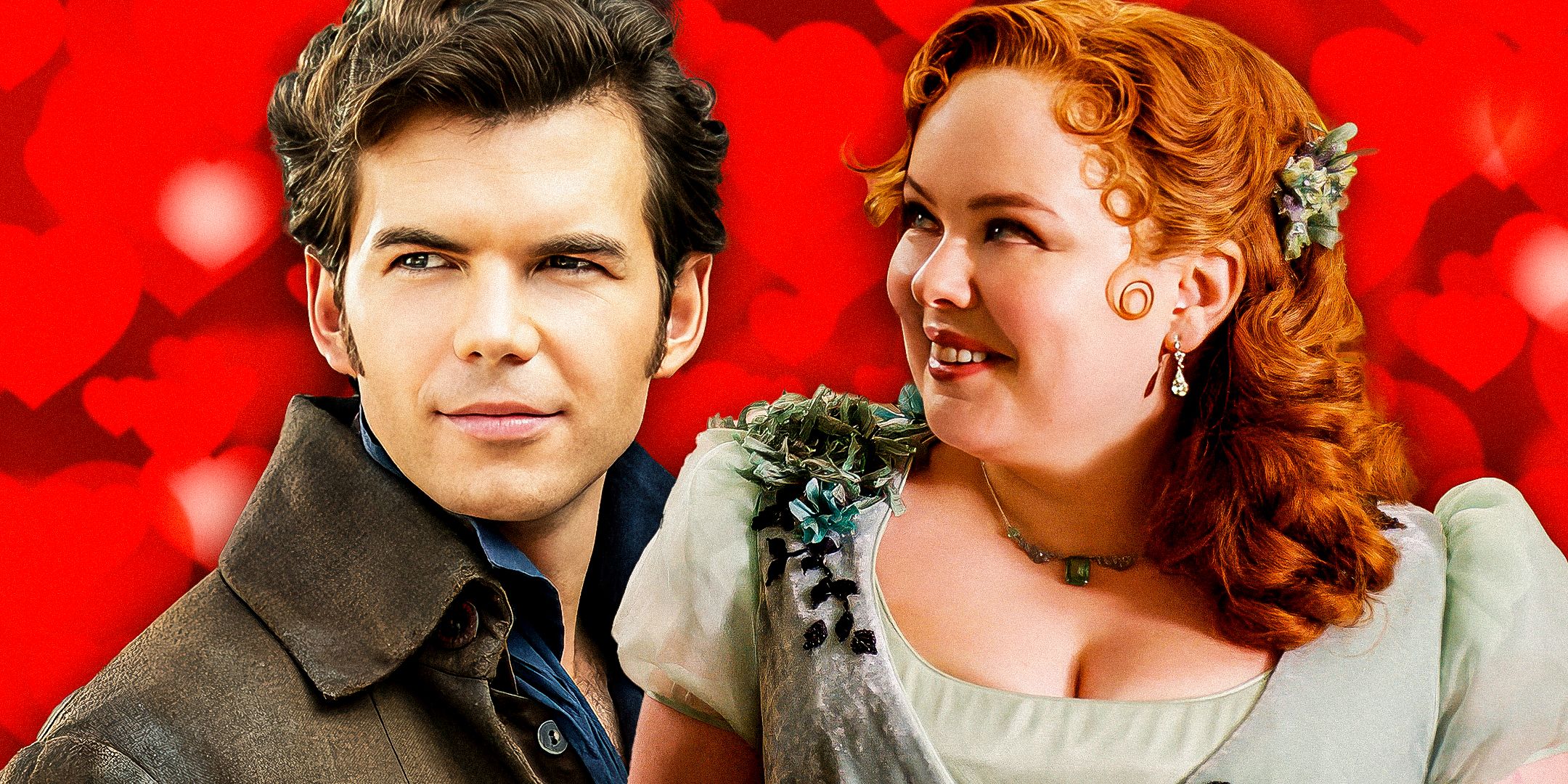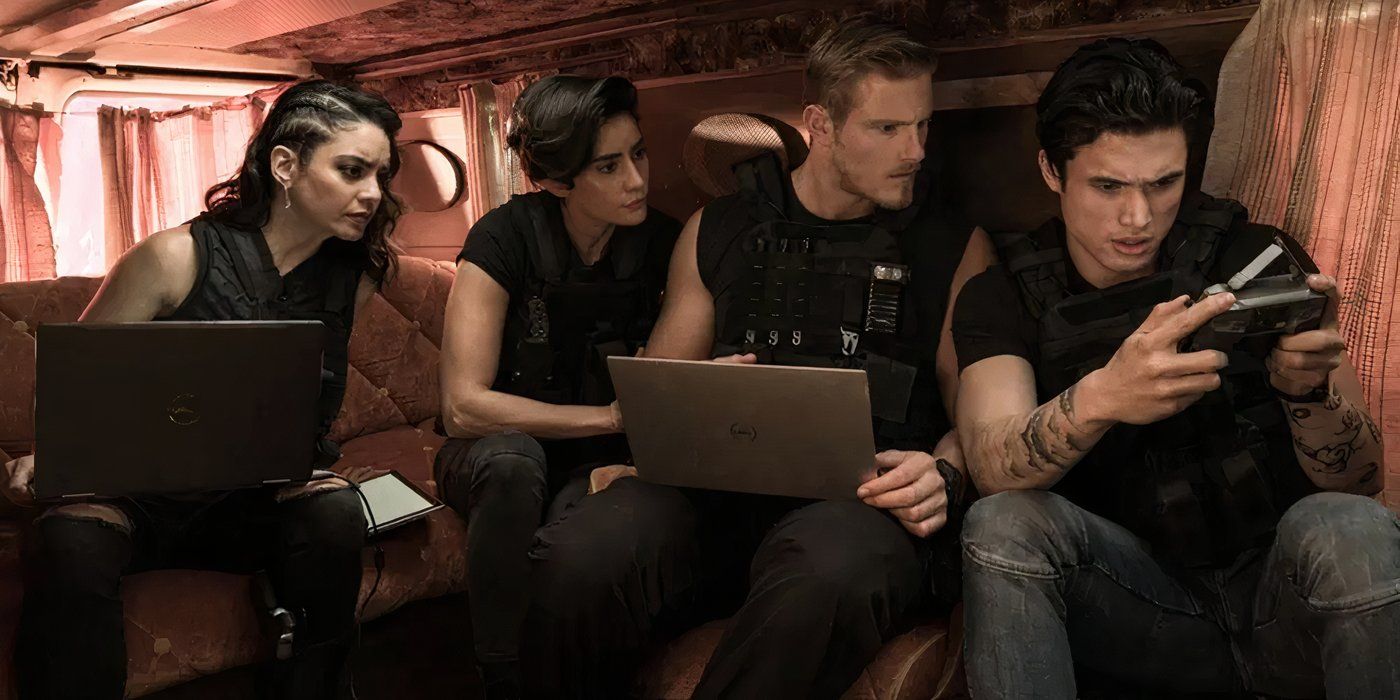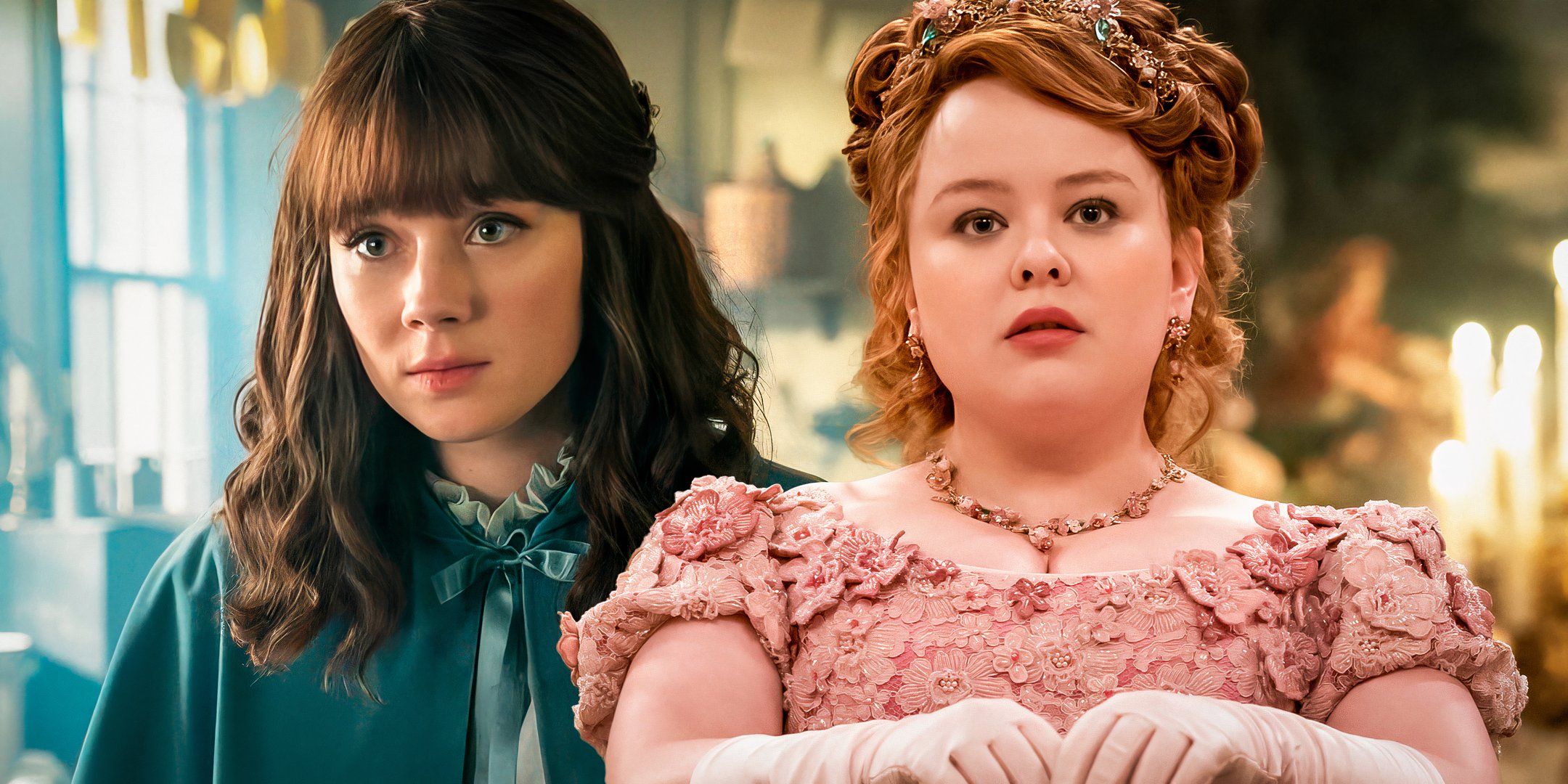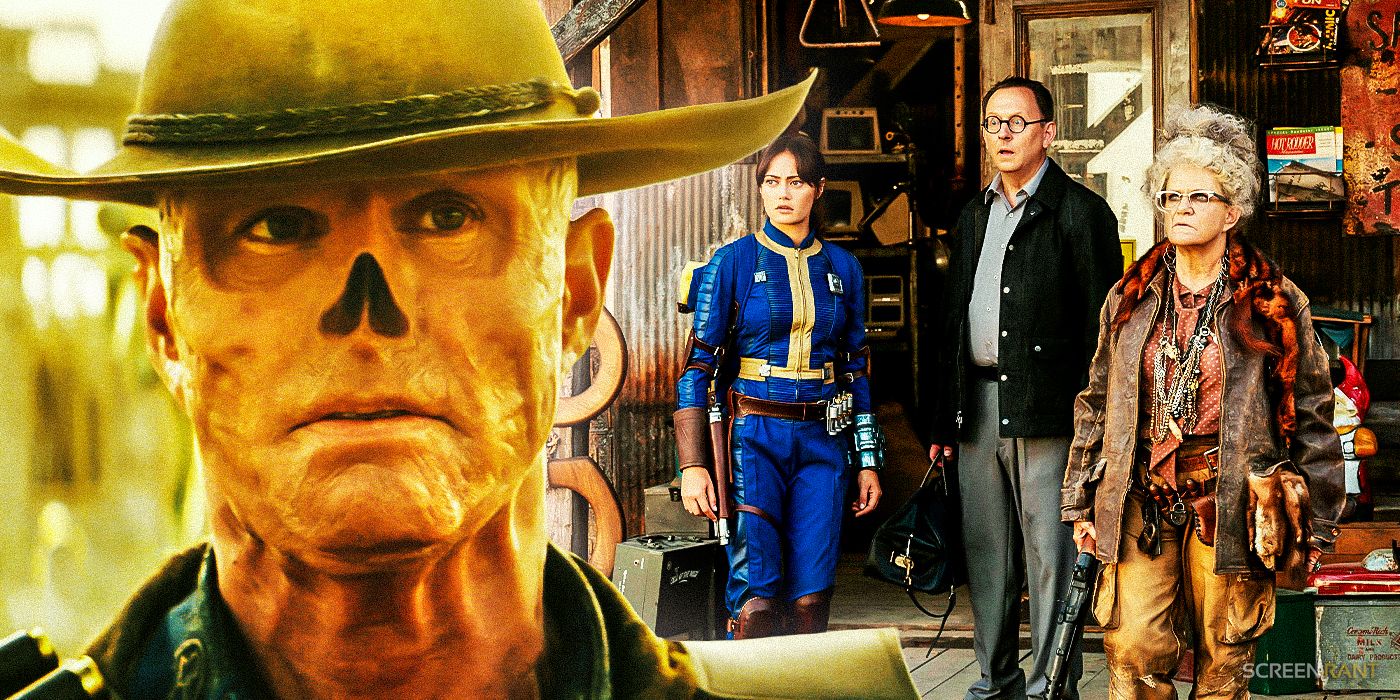Shōgun has found new life after being made into an original series for Hulu and has sparked many viewers’ interest in other works of historical fiction to read after finishing the show. Though the novel the series is based on, Shōgun by James Clavell, was previously made into a TV show in 1980, the recently revamped version is more historically accurate and uplifts Japanese voices. Shōgun‘s biggest changes to the 1980 mini-series give a more faithful look at 17th-century Japan from multiple perspectives.
Some of Shōgun‘s best quotes are unique to the series, but others draw from the original text, showcasing the value of reading and experiencing the source material in conjunction with watching the show. While discovering more about the historical fiction genre can be thrilling through visual mediums like film and television, nothing is quite as immersive as reading about the past. Novels that tell stories similar to Shōgun‘s bring these worlds to life in the imagination of the readers. Though different periods and cultures might be explored, these novels all have the same action and adventure as Shōgun.
10
Tai-Pan (1966)
Written by James Clavell
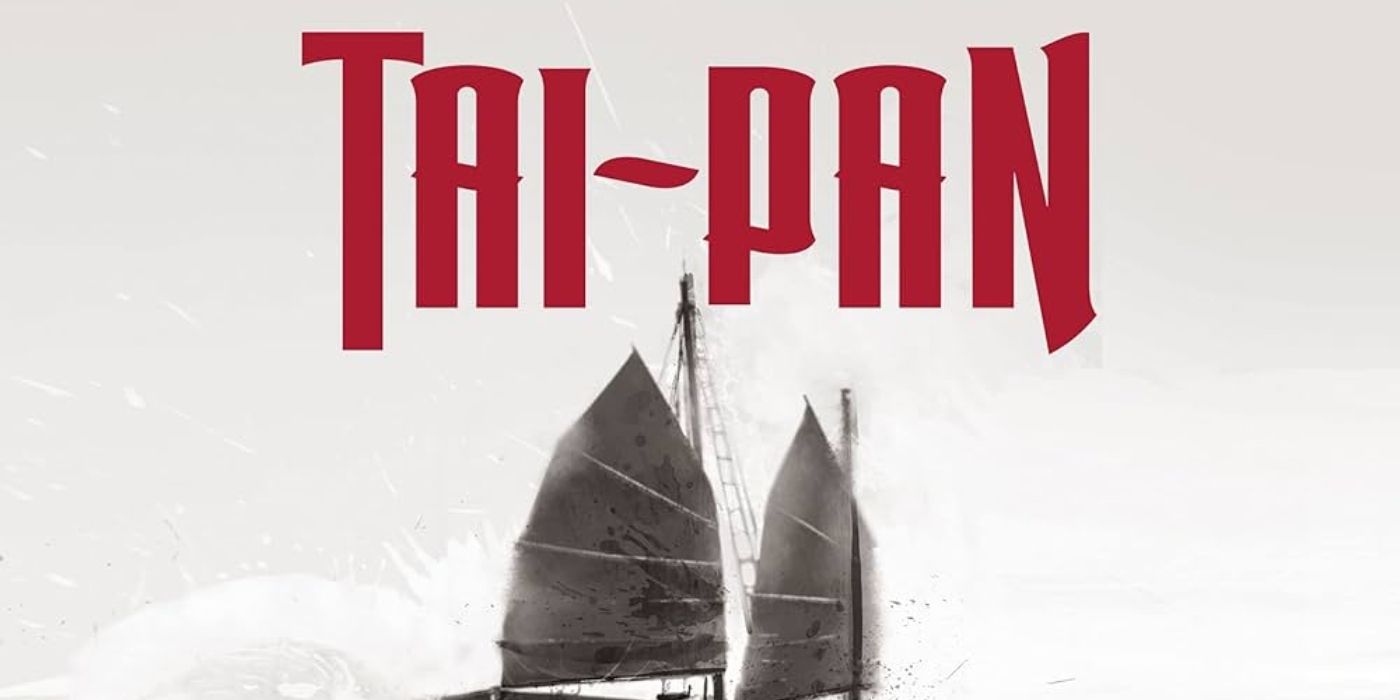
Also written by Clavell, Tai-Pan is part of his larger Asian Saga. Though Clavell was not of Asian descent, he wrote many books about Westerners coming to the Asian continent at different periods of history. Today, the voices of those with closer experiences are looked to in these historical explorations, as the Western lens can lack clarity about the full impacts of imperialism. Tai-Pan takes place in the mid-19th century and occurs just after the British seized Hong Kong in the wake of the First Opium War.
In the story, two British sailors, then owners of rival trading companies compete on the international stage to one-up each other and have greater market control. This rivalry provides a basis for discussions of the formation of Hong Kong as a seat of great international power, and the economic importance of the opium trade is interrogated at length throughout the novel. Though Tai-Pan takes place in Hong Kong and several hundred years after Shōgun it has just as much political intrigue and betrayal, as well as explorations of Westerns fighting for dominance in a land that isn’t their own.
9
Beasts Of A Little Land: A Novel (2021)
Written by Juhea Kim
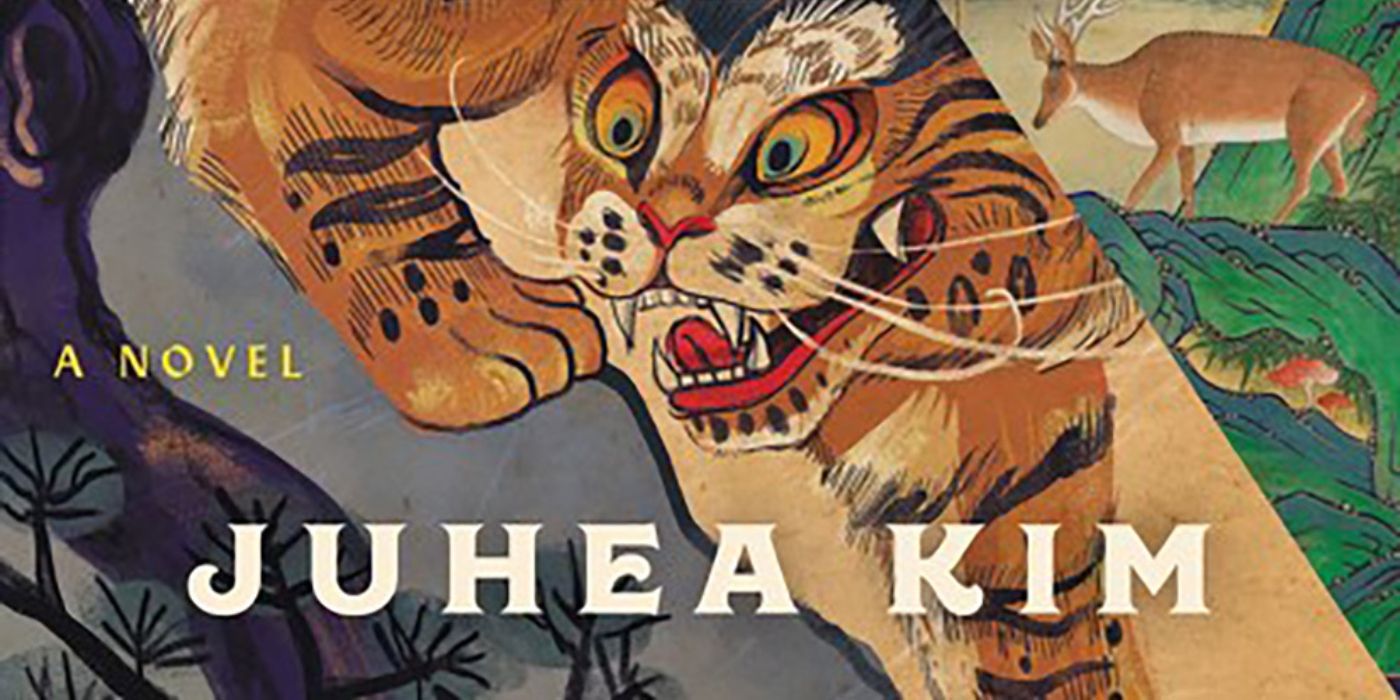
The Japanese occupation of Korea and the following Korean Independence Movement are two enormous parts of Korean history and the debut novel from Juhea Kim depicts the precarious political and social situation perfectly. Jade is the central character of the book and the story unfolds primarily from her perspective as she comes of age while learning to be a courtesan and witnessing the world change around her. Everyone who touches Jade’s life is interconnected and cannot escape the pull to pick sides and envision a new Korea.
Jade is a strong character to witness these changes with as she has the unique perspective of being a woman whom men frequently confide in thanks to her social position. The interpersonal relationships between the characters often take center stage in Beasts of a Little Land, but all of their dynamics are representative of the larger themes in the story. Even the most unforgivable characters are made human through Kim’s writing, making the novel an all-encompassing depiction of the many in Korea through the eyes of the few.
8
Shogun (1975)
Written by James Clavell
Though audience members who have already seen the show might think they don’t have to read the book, revisiting the source material showcases the many changes made by the creators. Some of the best shows like Shōgun also make excellent replacements for the series now that the stunning finale has concluded, but getting even more of the story is even better. The show took creative liberties with the original story, mostly for the better, but reading what Clavell initially intended for the story gives further insight into the minds of the characters.
Notably, Blackthorne’s depiction is altered in terms of his timeline and his dynamic with the other characters, as well as unexpected fates for individuals that audiences didn’t see coming. Additionally, if viewers want to read the entirety of Clavell’s Asian Saga, it’s important to include Shōgun in this undertaking. The book gives essential context to the rest of the series, as it’s the first chronologically, and third in publishing order. Much of Clavell’s work received great acclaim, but Shōgun is the definitive work that fans of the author should add to their lists.
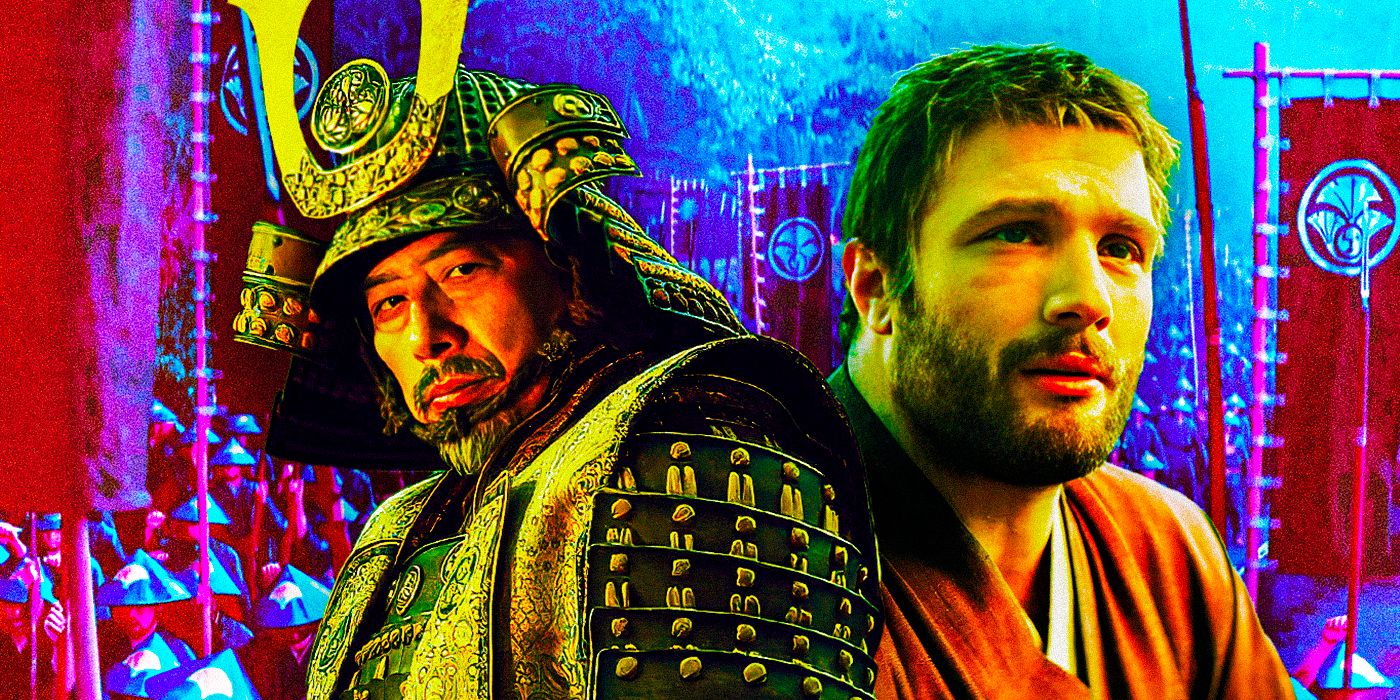
Related
Shogun Cast & Real-Life Character Inspiration Guide
The cast of FX’s Shogun brings the characters from James Clavell’s bestselling novel, some of which are based on real historical figures, to life.
7
Musashi (1939)
Written by Eiji Yoshikawa
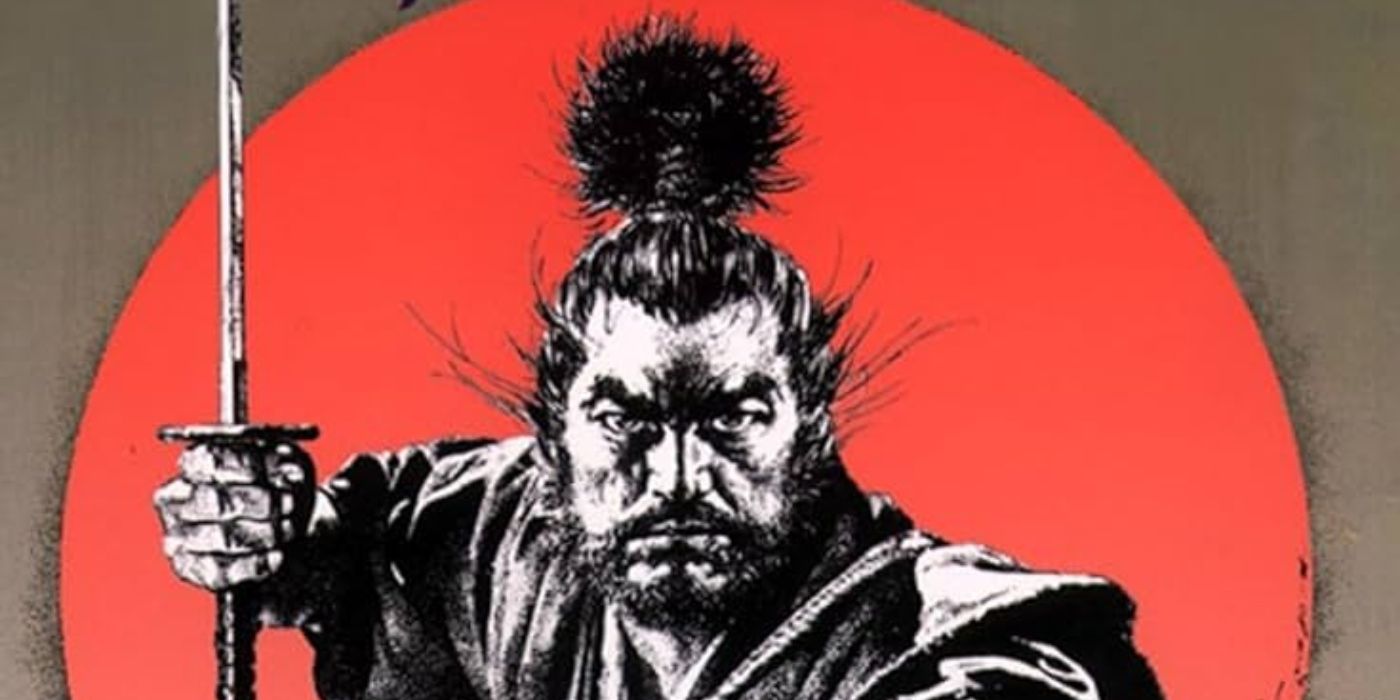
Miyamoto Musashi was a real samurai and philosopher from the late 16th and early 17th centuries, and Eiji Yoshikawa brought his rich life to life vividly through his novel, Musashi. Though Musashi is a samurai tale, he was much more than a swordsman, and the book traces his life through his many periods and the adventures the man embarked on. Set a little earlier than Shōgun, Musashi is more of a character study of a single man on the path to greatness rather than political power.
Though Mushashi comes into conflict with others and has plenty of strong convictions, he doesn’t wish to climb the ranks of society and have an army at his disposal. This is part of what makes him as a character and as a person so inspiring and enduring. Any success or opportunity he gains is immediately put toward mental and physical enlightenment. It’s hard to believe a man like Musashi could have existed and gone on the real-life hero’s journey he did, but even if his story is embellished, it’s still a tale for the ages.
6
Pachinko (2017)
Written by Min Jin Lee
Few novels have become so well-known in such a short time as Pachinko by Min Jin Lee. The recent Apple TV+ adaptation of the book didn’t gain as large an audience as Shōgun, but it’s still an amazing iteration of a timeless story. Anna Sawai is in both Pachinko and Shōgun, and though she has a larger part in Shōgun she still gives her role in Pachinko her all. The book follows the story of a family over several generations after the matriarch, Sunja, travels from Korea to Japan in the early 1900s.
When Sunja settles, her sons and grandchildren grow up in the context of being Korean in Japan during politically tumultuous times. Intersecting identities and the desire to assimilate versus the importance of maintaining ties to their ancestral culture are central themes throughout the book. The words “sweeping” and “epic” don’t begin to cover the massive undertaking of Pachinko. The nuanced descriptions of different generations and the monumental changes the world went through during the 20th century make the novel an essential read for anyone interested in Korean history, or simply stories about the nature of family.
5
The Far Pavilions (1978)
Written by M. M. Kaye
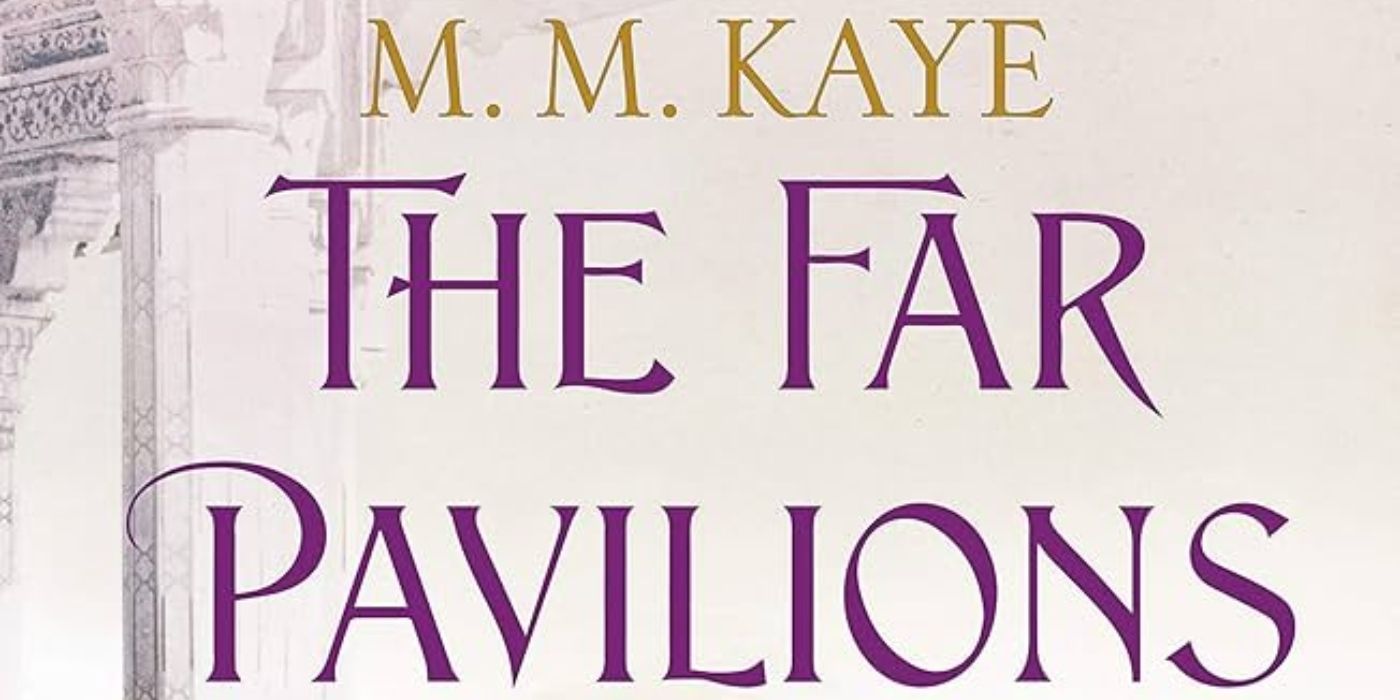
The story of Western colonialism often centers around Britain and the United States, and The Far Pavilions focuses on the British occupation and rule of India. The author, M. M. Kaye, has deep roots in this topic as her family were British occupants of Simla, and she returned to India many times throughout her life. However, Kaye was aware of her position as a white woman living in India, and though she profited off this experience, The Far Pavilions does not paint Britain as the hero of the tale by any means.
Romance is an essential part of The Far Pavilions as the conflict stems from the fate of the star-crossed lovers, Ash and Anjuli. Ash is a British boy who is raised in India and believes himself to be indigenous to the country until he learns of his true lineage and is sent back to England. His divided loyalties and belief systems make him a compelling character, as well as his time in the British military in Afghanistan in the 19th century. Since its publication, The Far Pavilions has become a hallmark of the historical fiction genre thanks to its romanticism.
4
A Gentleman In Moscow (2016)
Written by Amor Towles
After the Bolshevik revolution, a young society man is placed under house arrest and watches the changes in Russia, and later the Soviet Union, from inside a hotel. This is A Gentleman in Moscow summed up, but witnessing the protagonist, Alexander, grow and change within his confinement is a surprisingly moving way to learn about the Russian political scene. One of the most touching parts of the story is when Alexander finds himself the steward of a young girl, Sofia, and finds that being a parent is something he desperately wants.
Recently, the cast and characters of A Gentleman in Moscow brilliantly bring the story’s individuals to life in the recent Paramount+ mini-series. Ewan McGregor stars as Alexander, and he’s able to achieve just as much charm and melancholy to the part as Amor Towles’ writing did. Unlike Shōgun, there’s little violence or action in A Gentleman in Moscow, but that doesn’t mean there’s a lack of tension or intrigue. Though Alexander can’t partake in life as those who populate his world do, he still finds a reason to live in his limited capacity.
3
Things Fall Apart (1958)
Written by Chinua Achebe

Reading Things Fall Apart is a distinct reminder of the importance of remembering a pre-colonial Africa, particularly the novel’s setting of Igbo, present-day Nigeria, that Chinua Achebe touches upon in the book. Okonkwo is the lead character in the story, and it’s through his life, before and after Western colonists started descending on his home, that the reader is introduced to this part of history. It was a point of contention for readers in 1958 and today that Achebe chose to write the novel in English, but this likely caused the story to reach a broader audience.
Many parts of Things Fall Apart are extremely emotional to read. The descriptions of how much Okonkwo’s home has been changed by the influx of colonialism don’t portent to be a happy tale. However, ignoring this part of history, and pretending it didn’t happen is worse. Additionally, as a work of literature, Things Fall Apart is not just about colonialism as an entity, but about Okonkwo’s family and relationships, as well as his personal struggles to be the kind of man he believes he should be.
2
Wolf Hall (2009)
Written by Hilary Mantel
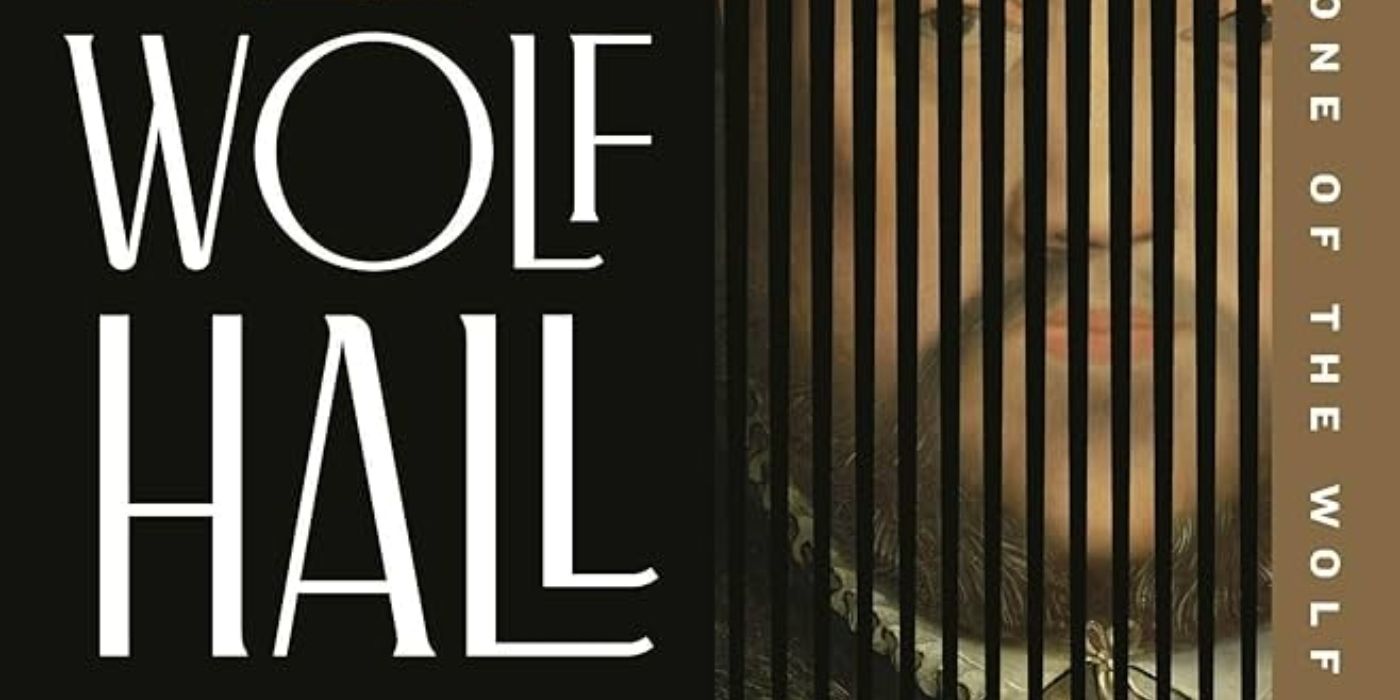
The court of Henry VIII is notorious for many reasons, but most of all because of the infamous fate that so many of the king’s wives faced at his brutal hands. In Wolf Hall, the mind of King Henry is not explored, but one of an outsider, Thomas Cromwell, who rose to prominence as one of Henry’s top advisors, and fell from grace just as quickly. Even knowing the inevitable fate that Cromwell meets, Wolf Hall is impossible to put down because of how well Hilary Mantel paints these towering figures of history.
Through her dedication to the facts of history combined with an empathetic view of their personalities, Mantel makes them seem as accessible as a neighbor or a friend. This part of British history is well-worn with adaptations of all kinds, from film and television to stage musicals, but reading Mantel’s book makes the tale seem fresh and uncovers angles the reader might have never encountered. Though it’s about a different part of the world, Wolf Hall easily draws comparisons to Shōgun for its continual questions of honor and loyalty as different people struggle for power.
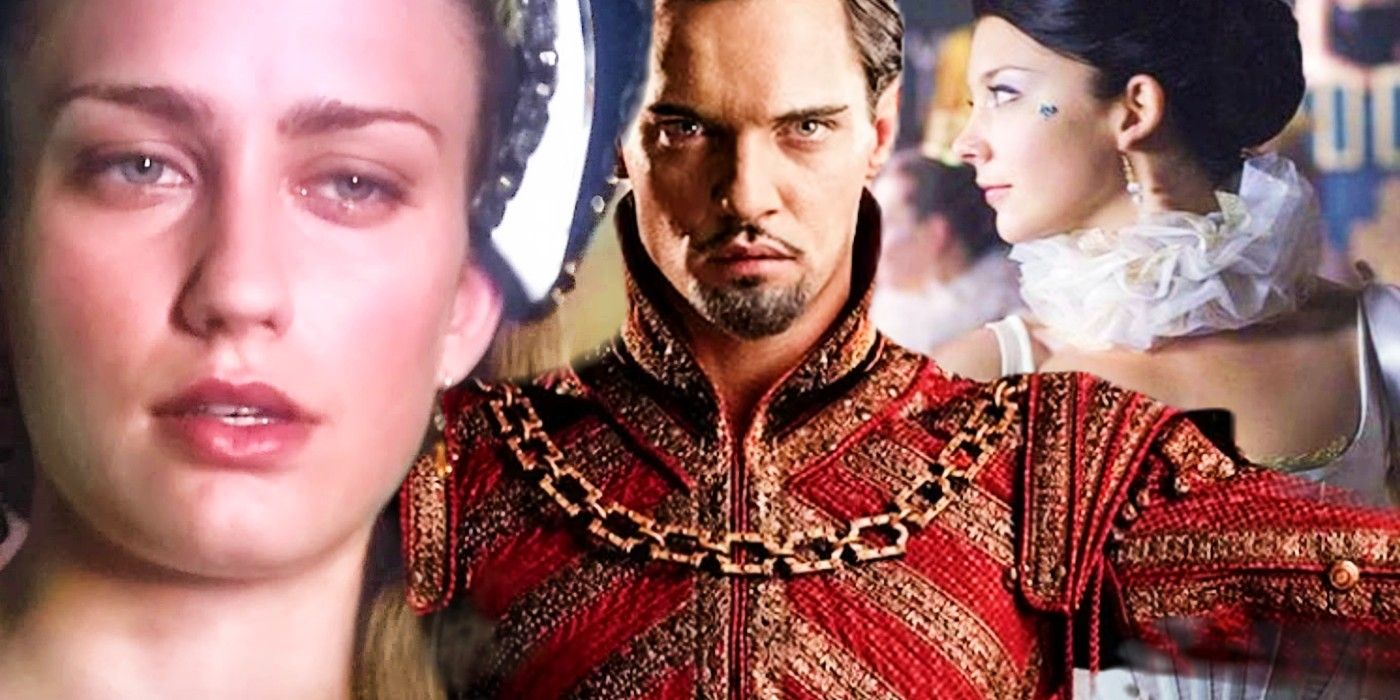
Related
The Tudors: 5 Things That Are Historically Accurate (And 5 Things That Are Aren’t)
The Tudors embellishes a bit of the history it’s based on to amp up the drama but there are a handful of storylines that are historically accurate.
1
She Who Became The Sun (2021)
Written by Shelley Parker-Chan
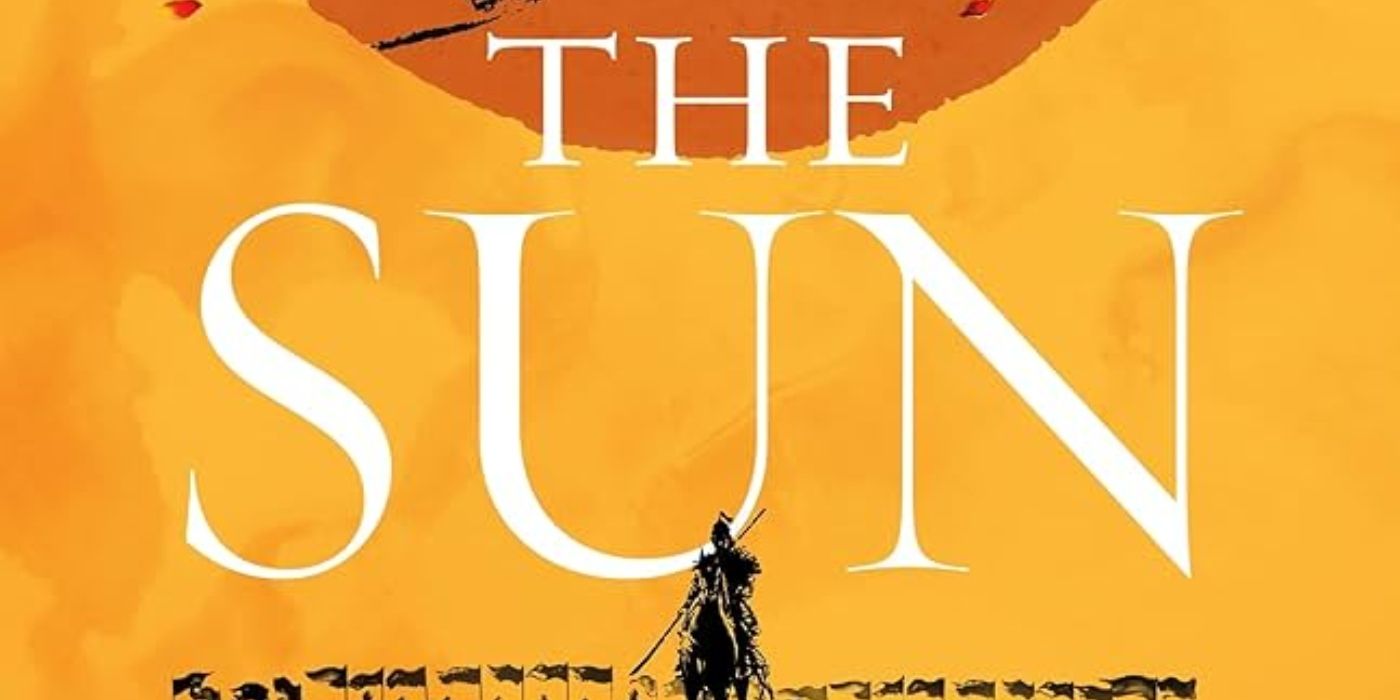
Shelley Parker-Chan is certainly an author to watch as they have an exceptional way of seamlessly interspersing contemporary issues with intricate descriptions of particular pieces of history. In She Who Became The Sun, a young girl assumes her brother’s identity and decides that she is destined for greatness, setting her on a path to become the Emperor of China in the 14th century. Despite the elements of fantasy that fill out the world to make it immersive, the accuracy of the societal dynamics and the factions warring for power make it a solid piece of historical fiction.
Parker-Chan’s recent sequel, He Who Drowned The World, is a compelling follow-up and continuation of the protagonist’s, Zhu’s, story as she realizes there are many more enemies at her doorstep. Like Shōgun, enemies and allies change daily, and Zhu understands that the only person she can trust is herself. She Who Became The Sun is also a great read as Parker-Chan includes fantastic LGBTQ+ representation, which is something that historical fiction can easily overlook.
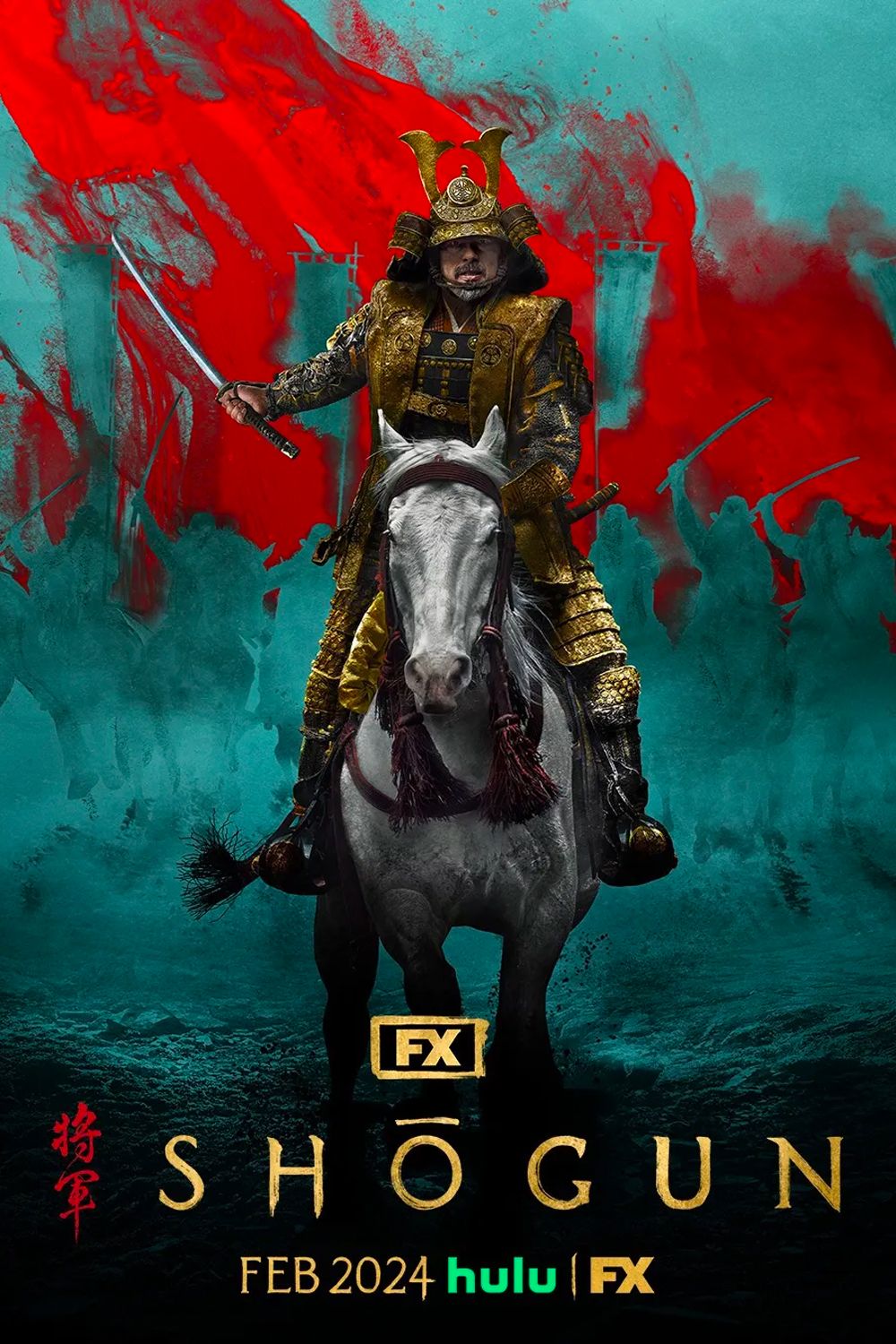
Shogun
Shogun is an FX original mini-series set in 17th Century Japan. Shogun follows John Blackthorne, who becomes a samurai warrior but is unknowingly a pawn in Yoshii Toranaga’s plan to become Shogun. The series stars Cosmo Jarvis as John Blackthorne and Hiroyuki Sanada as Yoshii Toranaga, along with Anna Sawai, Tadanobu Asano, and Yûki Kedôin.
- Cast
-
Cosmo Jarvis
, Hiroyuki Sanada
, Anna Sawai
, Tadanobu Asano
, Yûki Kedôin - Seasons
-
1
- Network
-
FX
- Streaming Service(s)
-
Hulu
- Writers
-
Maegan Houang
, Rachel Kondo
, Justin Marks
, Emily Yoshida - Directors
-
Frederick E.O. Toye
, Jonathan van Tulleken
